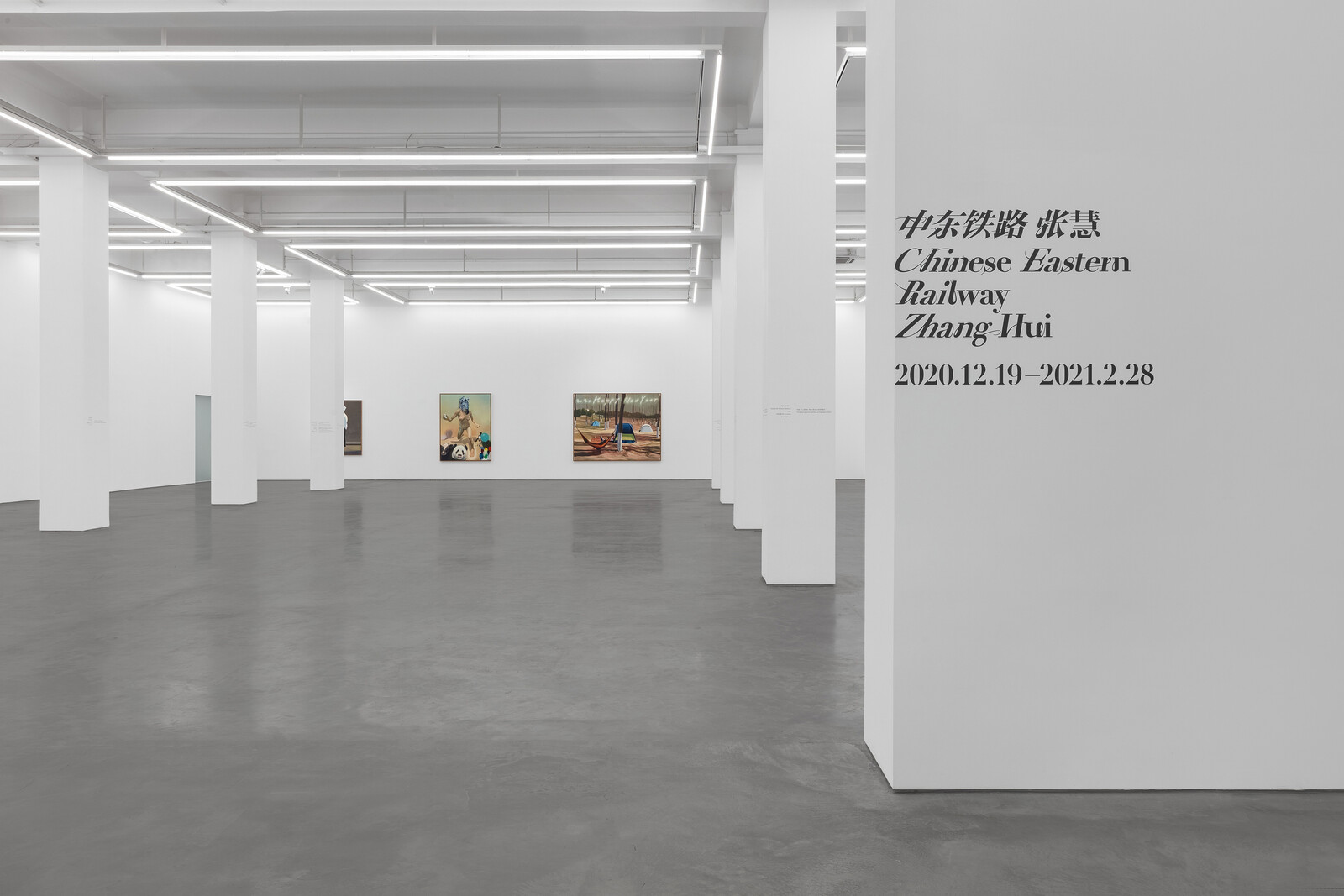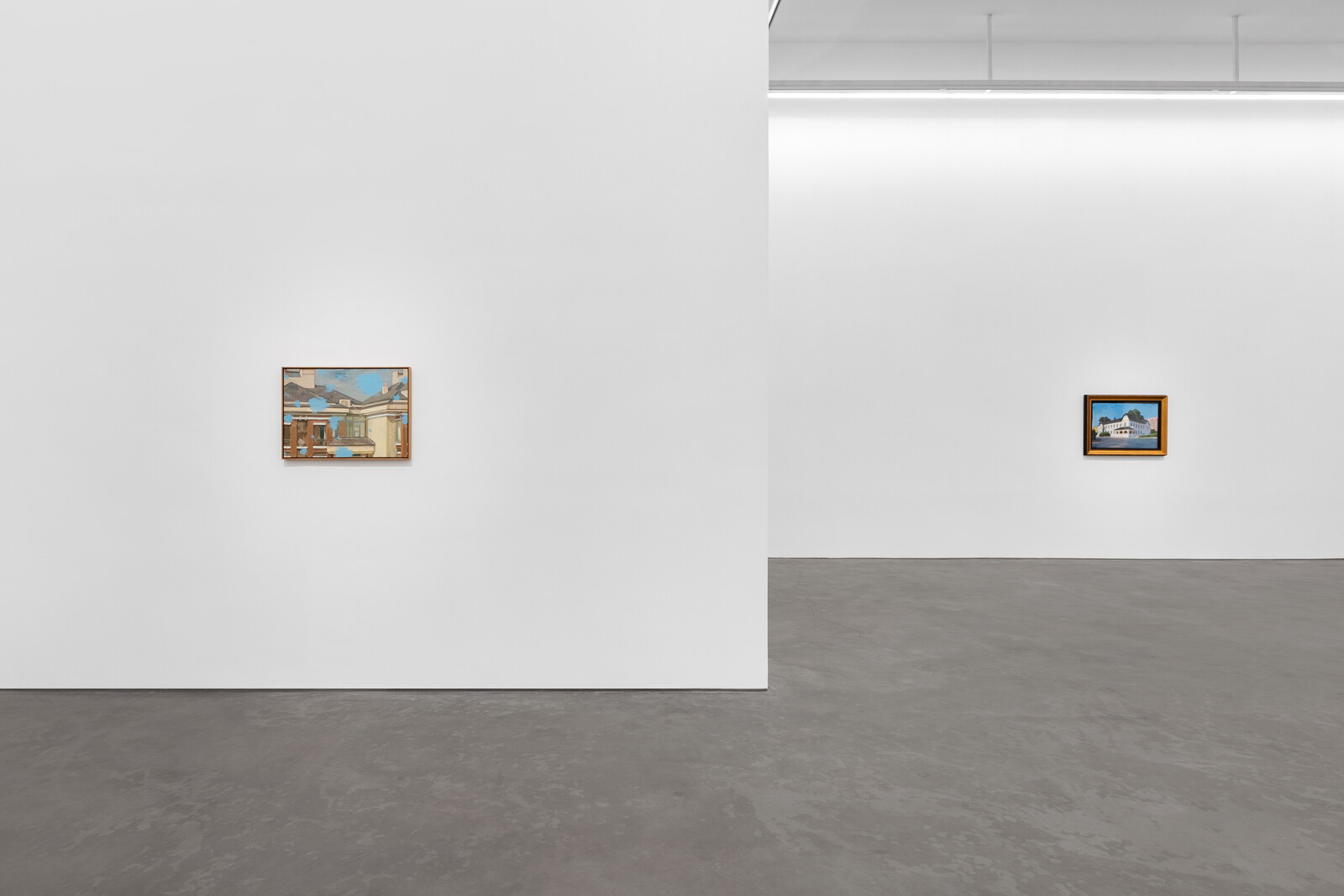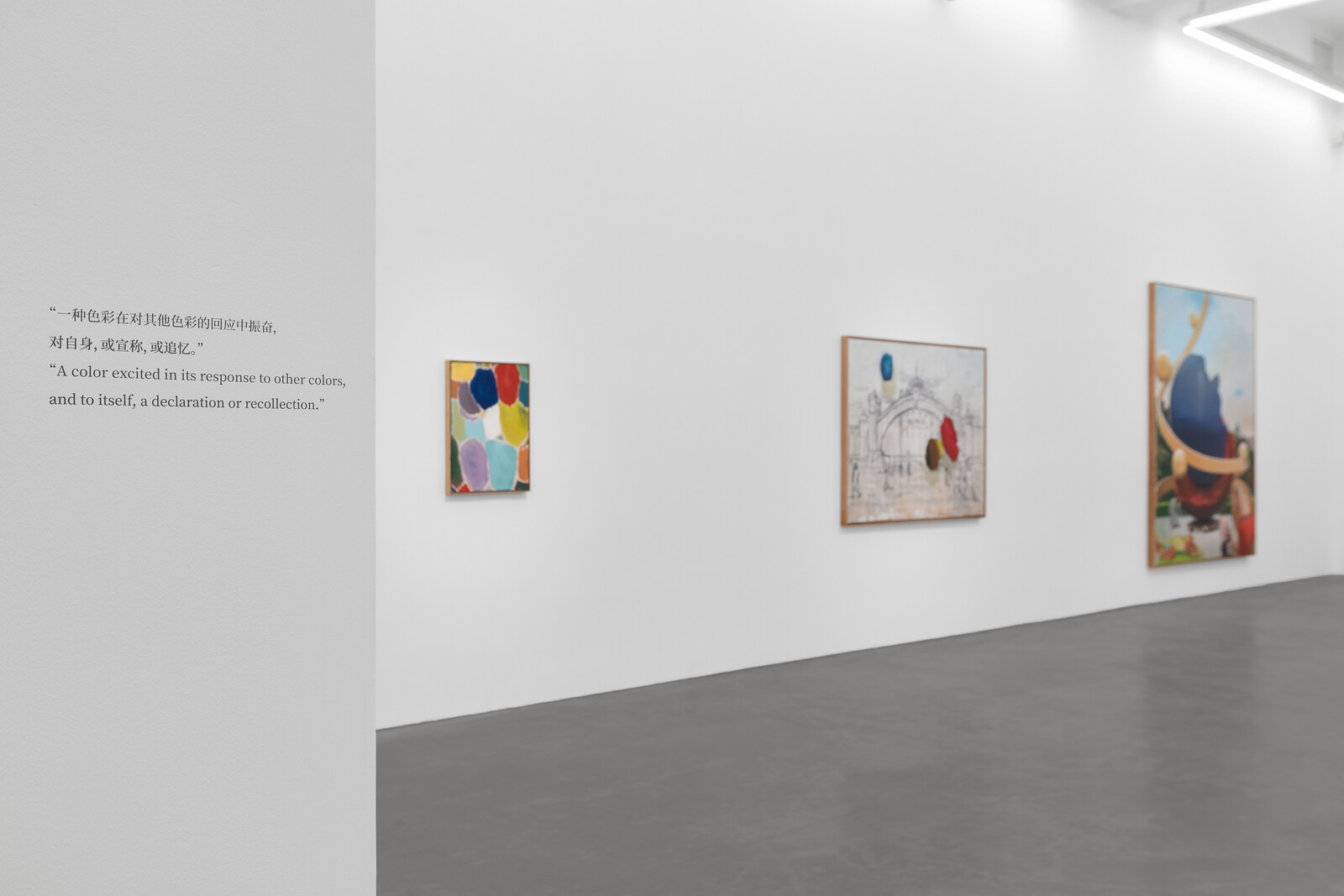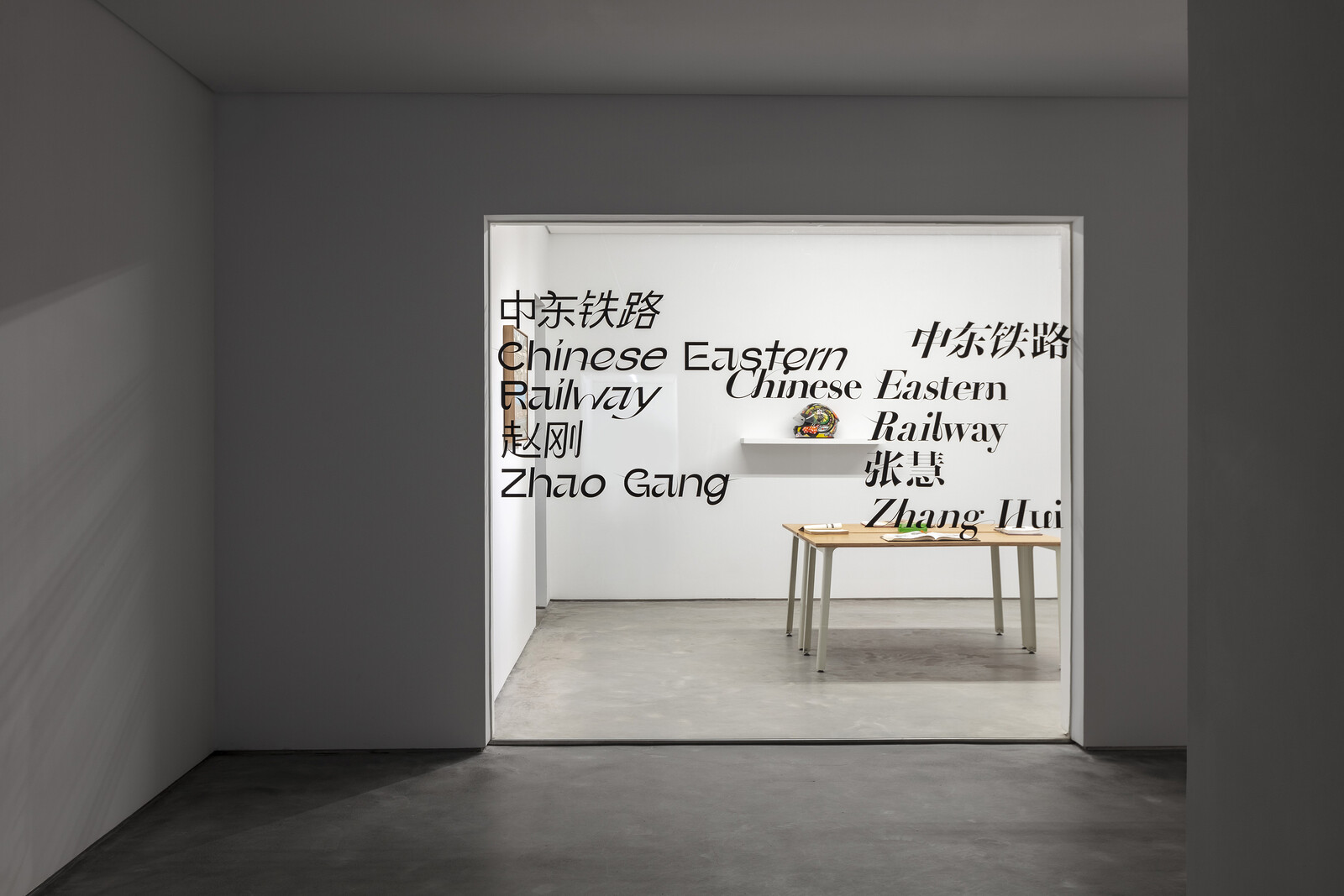December 19, 2020–February 28, 2021
Middle First St. 798 Art District, 4 Jiuxianqiao Road, Chaoyang District
100015 Beijing
China
Hours: Tuesday–Sunday 10am–6pm
T +86 10 5978 9768
F +86 10 5978 9764
lm@longmarchspace.com
The “Chinese Eastern Railway” is a rail line that links up the great expanse of China’s northeast and crucial moments in modern Chinese history. The actual railway was the product of the Sino-Russian Secret Treaty signed by the Qing Empire and Tsarist Russia in 1896. Construction began in August 1897, and the railway went into service in July 1903. The Chinese Eastern Railway project was first proposed by artist Zhang Hui in 2018, and launched by Zhang Hui and Zhao Gang in 2019. In this project, the two artists look back on their hometowns—Zhang Hui was born in Qiqihar and learned to paint in Harbin, while Zhao Gang is a global nomad with Manchurian roots who currently lives in Beijing—as well as the shifting landscape of modern Chinese society, politics, ideology and aesthetic expression through painting.
The project comprises two phases. In the first phase, The Walk, the two artists set off from two different places on July 15, 2019. Zhao Gang rode his motorcycle from Beijing to Manzhouli before turning east. Zhang Hui took the train west from Lüshun station in Dalian. They met in Harbin nine days later, where they engaged in a series of walking discussions with researchers and others interested in northeast China. The second phase unfolded through the creations of the two artists during and after The Walk, with the results to be presented in autumn 2020 at Long March Space in two chapters: Chinese Eastern Railway: Zhao Gang (October to December 2020) and Chinese Eastern Railway: Zhang Hui (December 2020 to February 2021), and a symposium on the subject.
Chinese Eastern Railway: Zhang Hui, part of the second phase of the Chinese Eastern Railway project opened at Long March Space. Zhang Hui was born to a family of railroad workers in Qiqihar. He sees the Chinese Eastern Railway as a typical case study in humanity’s material and civilizational construction. Zhang Hui believes that this production in northeastern China, a place once devoid of any traces of modernity, is part of a “blueprint” that covers this land. As the northeast has been built up in modern times, layers of this “blueprint” have stacked up with the various constructs and traces of human existence over the past century, shaping the reality of the northeast we see today. The occasions on which a piece or corner of this blueprint are revealed provide a conceptual basis for the latest developments in Zhang Hui’s painting language. The seventeen paintings featured in this exhibition are a visual presentation of this concept of the northeast rendered through the artist’s painting logic.
The Chinese Eastern Railway is not just a real, specific railway, but also a front line for encounters and circulation between different cultures and forces. It has influenced the way people see the outside world, and has grown into a monumental visual structure in the aesthetic experience and collective unconscious of generations. The repeating imagery in this exhibition, including Li Hsiang-lan (Yoshiko Yamaguchi, a Japanese actress and singer born in the northeast), and groups of modern northeasterners (such as the crowds in front of the Mudanjiang Train Station), explore the complexity of history and the relationships between the individual and the environment, transforming the Chinese Eastern Railway into an amalgam of the people who live on this land. The Chinese Eastern Railway project is an opportunity for Zhang Hui to look back on his life and his art, and a time for reflection and new beginnings in his artistic approach, painting language, and experiments in image logic. In Chinese Eastern Railway, however, we see more than just one special case; we see the inner momentum behind Zhang Hui’s accumulation, progression and regression spanning a multitude of special cases. From this perspective, the Chinese Eastern Railway exists not only as a part of Zhang Hui’s lived experience, but as something internal to his entire painting practice.













